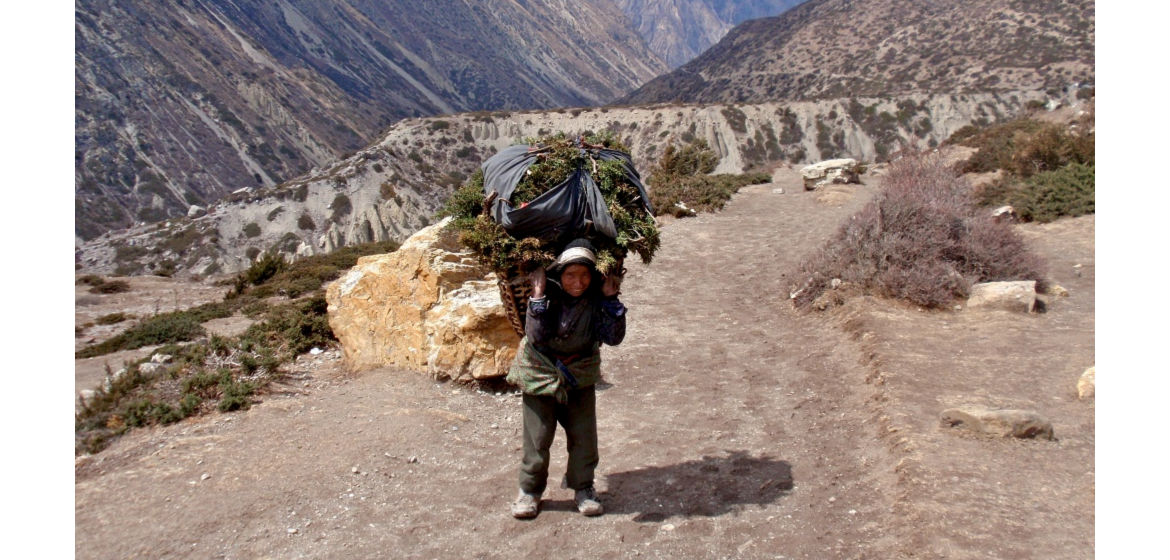This article relates to SDG5 Gender Equality and SDG13 Climate Action.
“Gender structures and deeply entrenched socio-cultural ideologies that marginalise women’s work make women more vulnerable than men. Mountain women, who have great a resilience and the knowledge to adapt to various stresses, are often left out of key decision-making processes and are marginalised further, even though they are likely to suffer more in the future. Climate change is bound to increase these gender inequalities further in many ways.
One form of so-called gendered vulnerability to climate change relates to the highly skewed division of labour in the Hindu Kush Himalayan region. The high rate of male migration out of the mountains results means women must perform most of the agricultural and pastoral work, in addition to their responsibilities for household work and casual labour.
The paper also reveals that in some mountain regions in India, women undertake 4.6 to 5.7 times more agricultural work than men. In Nepal, the range is skewed even more with women carrying out 6.3 to 6.6 times the agricultural work that is done by men.”
Please continue reading at article source.
Article Source:



